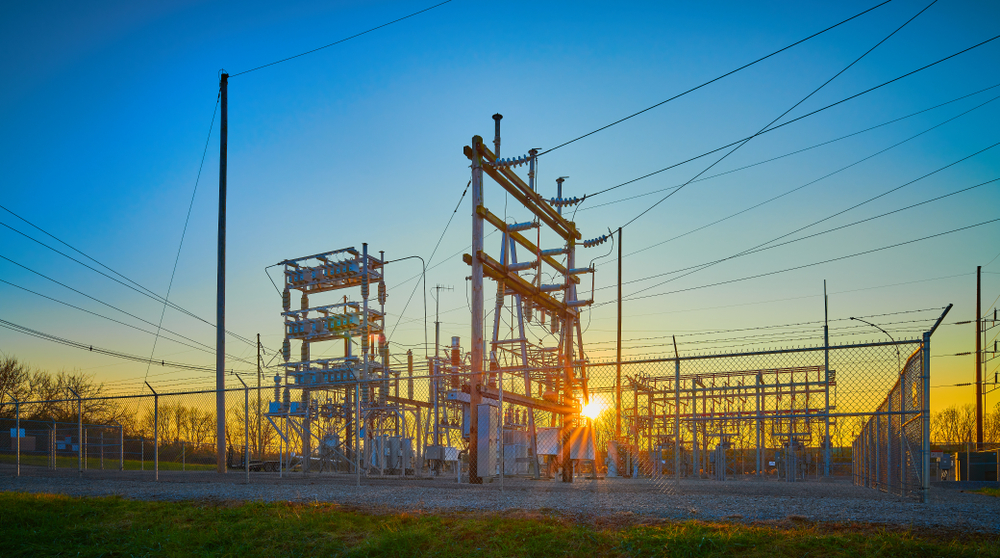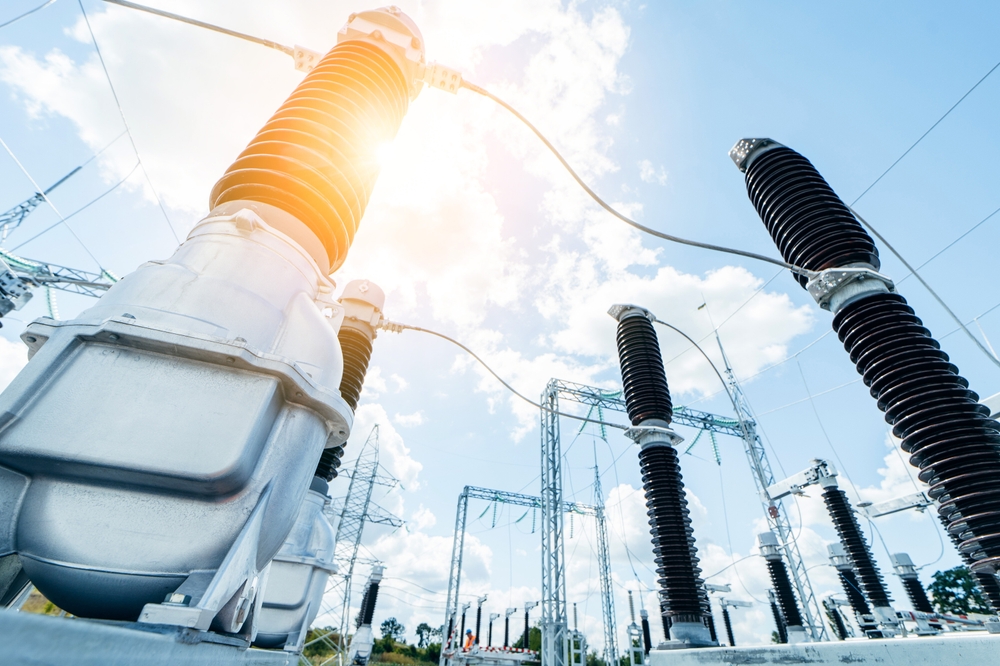Delivering electricity to industries, businesses and homes is a critical, yet highly complex task. As the demand for power rises and the number of devices that are connected to networks increase, the ability to balance resources and optimise the grid has become more crucial.
One integral part of the network is an electricity substation or power substation. These connection points act as a bridge between the generation source and the customer at the other end, providing reliable and consistent energy flow… but what are they precisely? And what role is the Internet of Things (IoT) playing in making these connection points more efficient? We’ll take you through everything you need to know about substations and the role they play in the power network.
What does a Power or Electrical Substation do?
Bringing electricity from the power plant to the plug is no easy task with many challenges associated with the power grid's construction, operation and maintenance. Substations facilitate the flow of suitable voltage levels; they convert, regulate and then distribute electricity. They can also differ in size, depending on the needs of the network. Some can be relatively small, while others can be large with various pieces of equipment like a substation transformer, various breakers and capacitors.

Types of Electrical Substations
Substations are designed for a range of applications. While there are several types of substations - allocated by things like physical features, the way they’re built and what they do - we’re focusing on the substation types by the service they provide:
- Transformer Substation: A power transformer in substation distributes power and steps up and down the voltage of an alternating current (AC) system. It's where all the bulk power is converted into usable amounts of power.
- Frequency Substation: Electric motor-generator that changes the power of one current from one frequency to another. This type is mainly used in industry.
- Switching Substation: Operates on a single voltage level and performs switching operations without altering the incoming and outgoing voltage levels.
- Converting Substation: Changes the alternating current (AC) to direct current (DC) in power transmission and can also convert the frequency from high to low.
- Power Factor Correction Substation: Improves the power factor of the transmission.
Where they’re located:
- Indoor or outdoor facilities
- Suburban, rural or metropolitan grids
And their power load requirements:
- High Voltage (HV), withstanding high voltage in the range of 11kV to 66kV.
- Extra High Voltage (EHV) handling voltage in the range of 132kV to 400kV.
- Ultra High Voltage (UHV) operating above the 400kV range.
Equipment in an electric power substation
Substations aren’t a new technology. Each piece of high voltage equipment plays a critical role in keeping the substation power running, while streamlining operations.
These pieces of equipment include:
- Transformers. A power transformer in a substation steps down the high voltage electricity that comes in on the transmission lines to a lower voltage, making it more suitable to send out on distribution wires.
- Circuit Switches. These switches direct the flow of electricity.
- Breakers. In the case of surges or faults, breakers will interrupt the flow of electricity to protect the system from damage.
- Capacitors. This piece of equipment helps improve the quality of electricity that customers are supplied with. They smooth out voltage depressions and filter out any distortions.
With recent advances in IoT, substation and grid operators are beginning to optimise their equipment and the network.
The Role of IoT in an Electrical Substation
As more devices are connected, more energy is needed to power them, placing increased pressure on the grid. To help ease this demand, IoT devices are being used to make substations smarter.
A smart substation uses IoT technologies like sensors and smart switches to monitor equipment and make automated decisions. These devices need to be able to relay collected data in real time to operators, while the network needs the ability to automate processes. Not only does that help to reduce operational costs, but it also creates a more reliable flow of electricity.

Robustel’s IoT in Action
Robustel is committed to helping the energy industry solve their connectivity problems, with our smart energy solutions acting as an integral part of communications. One example is India's leading local energy supplier M. P. Power Transmission Co. (MPPTCL). MPPTCL was tasked with improving their transmission capability, power quliaty and system reliability.
Located in the rural area of Madhya Pradesh, India, communication was limited by the local cellular network infrastructure, inhibiting the ability to relay real-time data. Robustel’s modems were deployed to keep communications online for substation automation systems.
Our modems were deployed to enhance communications and power automation systems between substations. The modems provided a dual-SIM connection, with a second connection as a backup in case of faults. This keeps smart devices online, while also lowering communication faults.
This is just one example of how IoT is helping to power substations. While IoT devices place a high demand on energy grids, they can also optimise the way substation power supply is used and distributed. Robustel has a smart device for your connection. Whether you need a gateway or a modem to hold up in harsh conditions, we have a solution to suit your needs. Contact us for more information on how we can help get your business connected.
